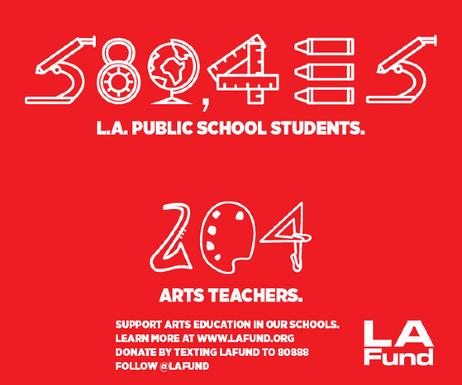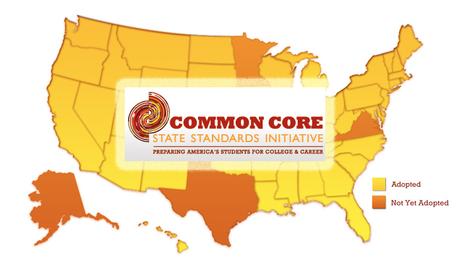A recent probe of 15 school districts in New Jersey has resulted in the finding that more than 100 government employees in the state have lied on applications to score free school lunches for their children. The findings could lead to the prosecution of at least some of these individuals, who appear to have used their knowledge of the system to take advantage of it. The findings also point to the need for tightening up a federal system that seems to lend itself to easy and widespread fraud.
Investigation Turns Up Disturbing Findings
The Huffington Post reports that the investigation was conducted by the New Jersey Office of the State Comptroller. The recently released report on the investigation shows that 109 public employees and their family members lied about income amounts on free lunch applications - some by thousands of dollars. All of the individuals have now been referred to the Division of Criminal Justice for possible prosecution.
According to NJ.com, at least some of the 83 public employees were school board members or teachers at the schools where the free lunches were offered. The other 26 individuals were family members of those employees. They intentionally misrepresented how much income they made to qualify for free lunches under false pretenses.
This video explains the free school lunch program.
Excuses, Excuses
The excuses some of the individuals involved in the






















